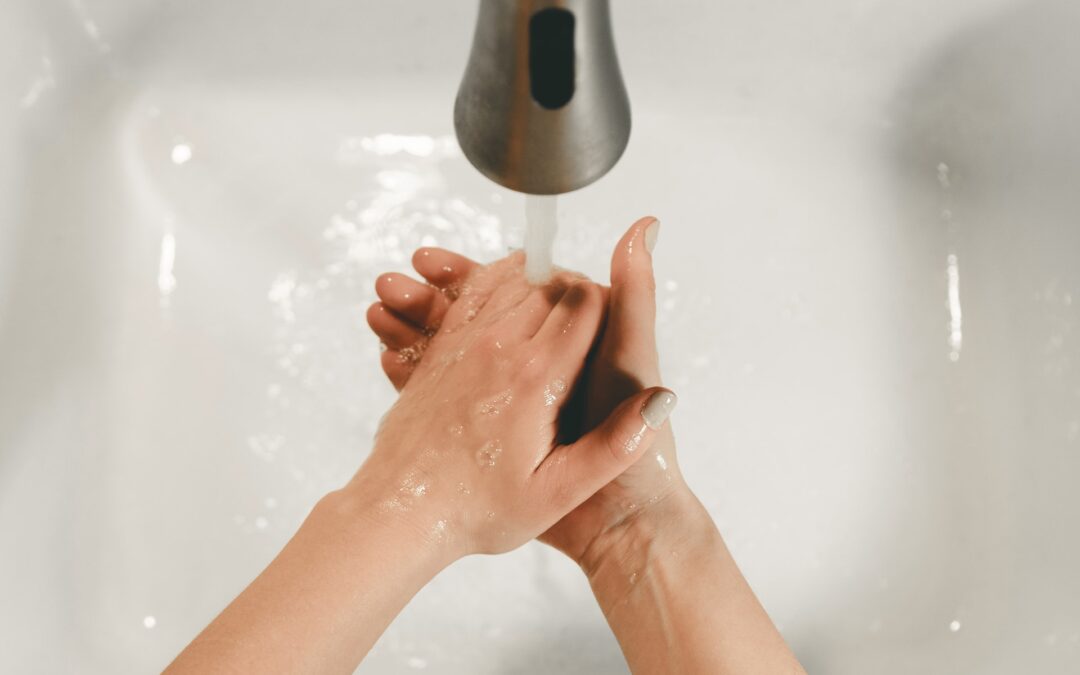Covid and the pandemic have given rise to a heightened awareness of the transmission of disease. Awareness of risk factors in disease spread has increased, and people have embraced technologies that make them feel safer. Some of these surfaces that pose a risk are the faucets of bathroom and kitchen sinks. Touched by everyone through the day, they are a source of exposure that many people wish to avoid.
The touchless faucet technology has been available for some time and was primarily used in hospitals and other environments where antiseptic conditions are particularly important. Covid has brought sudden prominence and interest from the home and business markets to add both hygienic conditions and convenience. Touchless faucets offer the added benefit of water conservation with automatic shutoff.
Simply, touchless faucets use technology to start the flow of water by placing your hand where an automatic sensor recognizes the signal starts the flow of water, and stops it either when your hand is removed from the trigger space or after a short interval has elapsed.
There are four main parts to a touchless faucet – sensor, spout, solenoid valve, and a source of power. Sensors use infrared or ultrasonic technology to recognize presence or movement in a specific area and then send a signal to the second part, a solenoid valve. The solenoid valve is an electromagnet that opens or shuts a disk which starts or stops the flow of water. The solenoid requires power, which is the third part of the system. Some systems use batteries, and others use a transformer to provide low voltage current a regular outlet power source. Most systems offer a manual override for power outages The last part of the system is the spout which contains the other three parts. This part is the part that is seen and is available in a wide variety of materials from zinc to copper or brass with nickel or chromium finishes.
There are a vast number of designs and additional features to consider. A new feature for home plumbing fixtures is the addition of LED lighting with some options changing colors based on the temperature of the water and flashing when the water is too hot. A more elaborate activation is available with voice-activated systems which connect to home management software like Google Home or Alexa. These systems allow instructions from “turn on the water in the kitchen,” to “pour 8 ounces of water.” These add-on technologies can substantially boost the price and add complexity, but they offer new convenience and can be a benefit to people with disabilities.
Installing a touchless faucet that has both plumbing and electrical elements may lead to a question of which professional to hire. Most experts come down on the side of choosing a plumber for the installation and setup since most of the work involves the plumbing fixtures and system with only the power source as an electrical operation. As with any new technology, there is a wide range of quality in the design and workmanship. Research reviews of products carefully to choose the options of value and learn from the experience of others before making a choice. SoCal Plumbers is here to help!


